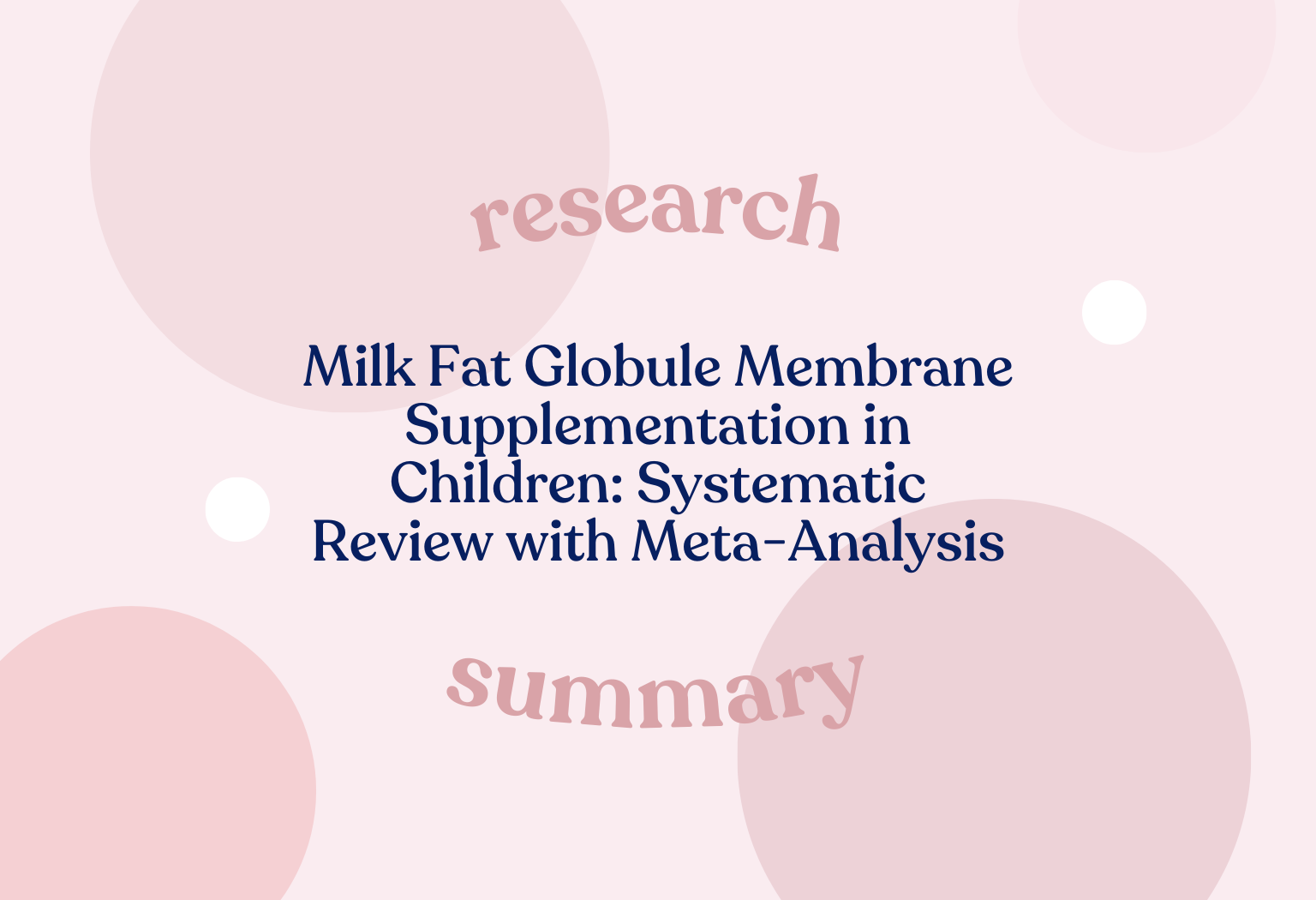References
- German, J.B. Dietary lipids from an evolutionary perspective: Sources, structures and functions. Matern. Child Nutr.2011, 7 (Suppl. 2), 2–16.
- Norris, Gregory H., et al. "Protective properties of milk sphingomyelin against dysfunctional lipid metabolism, gut dysbiosis, and inflammation." The Journal of nutritional biochemistry 73 (2019): 108224.

